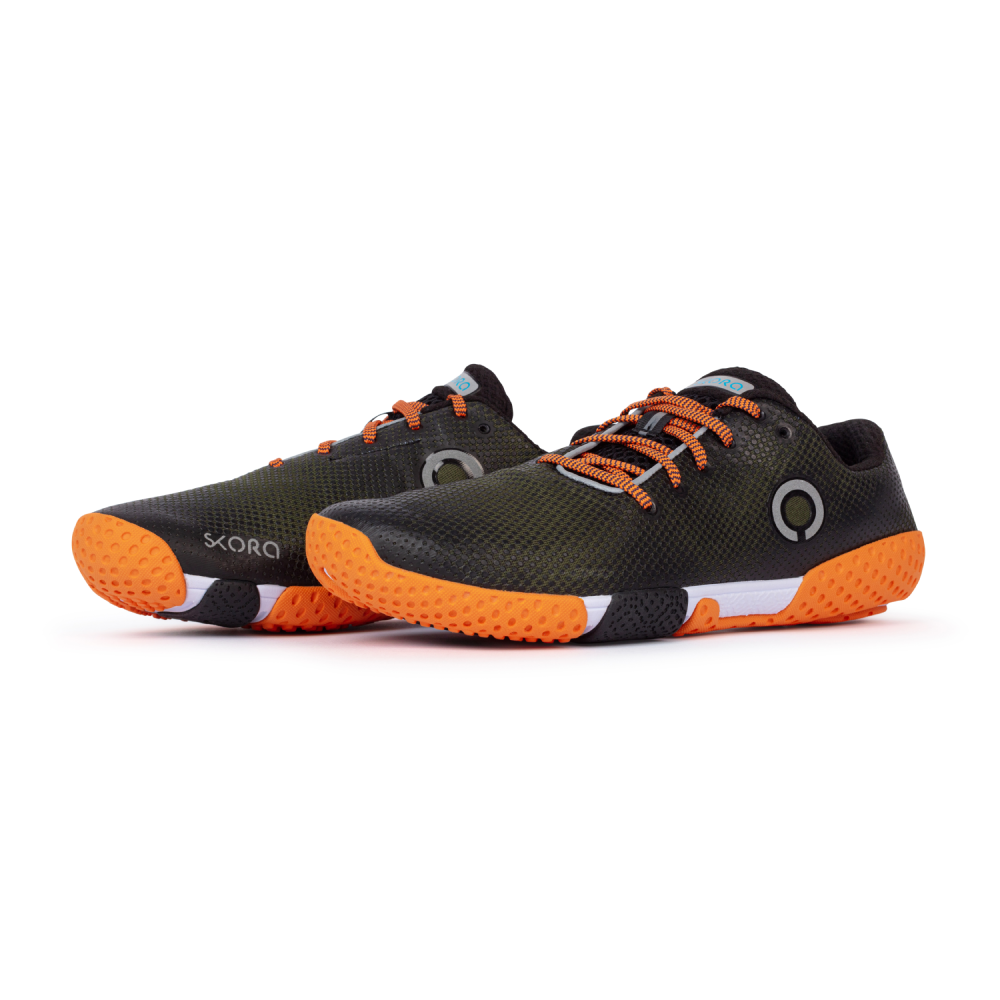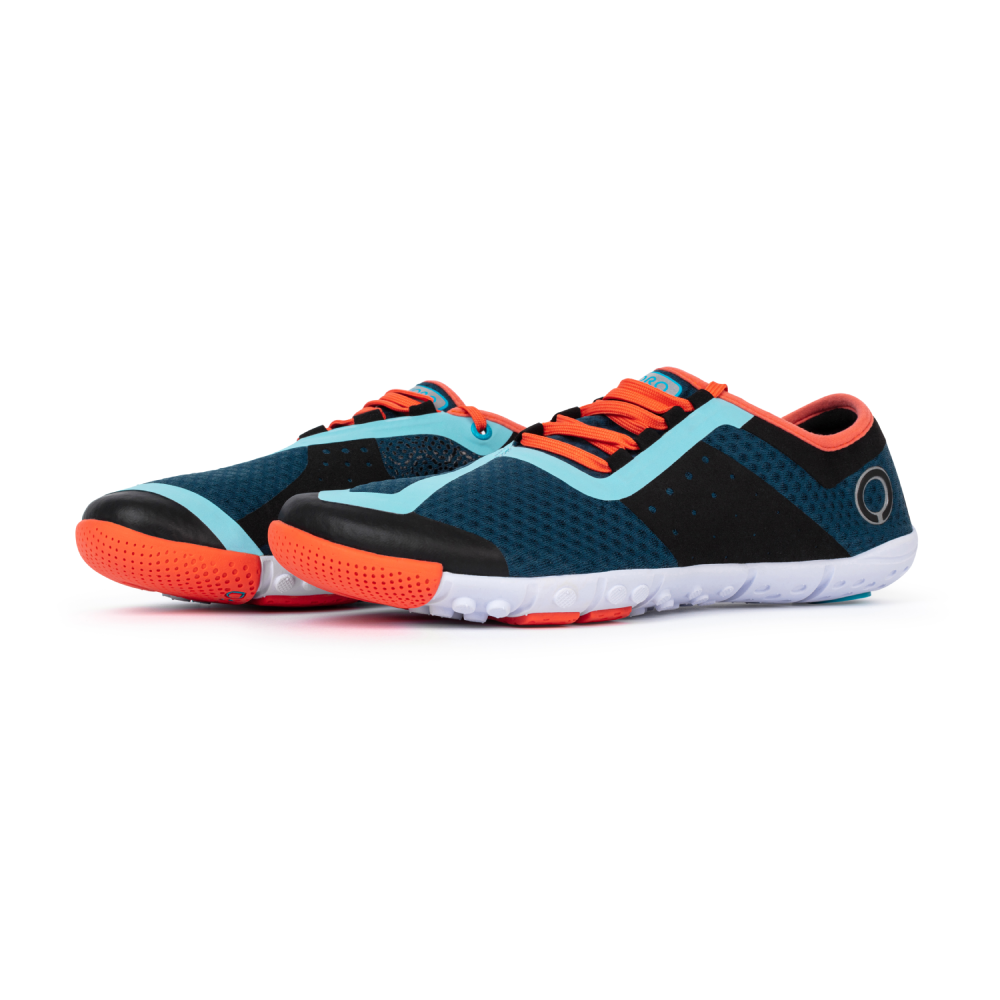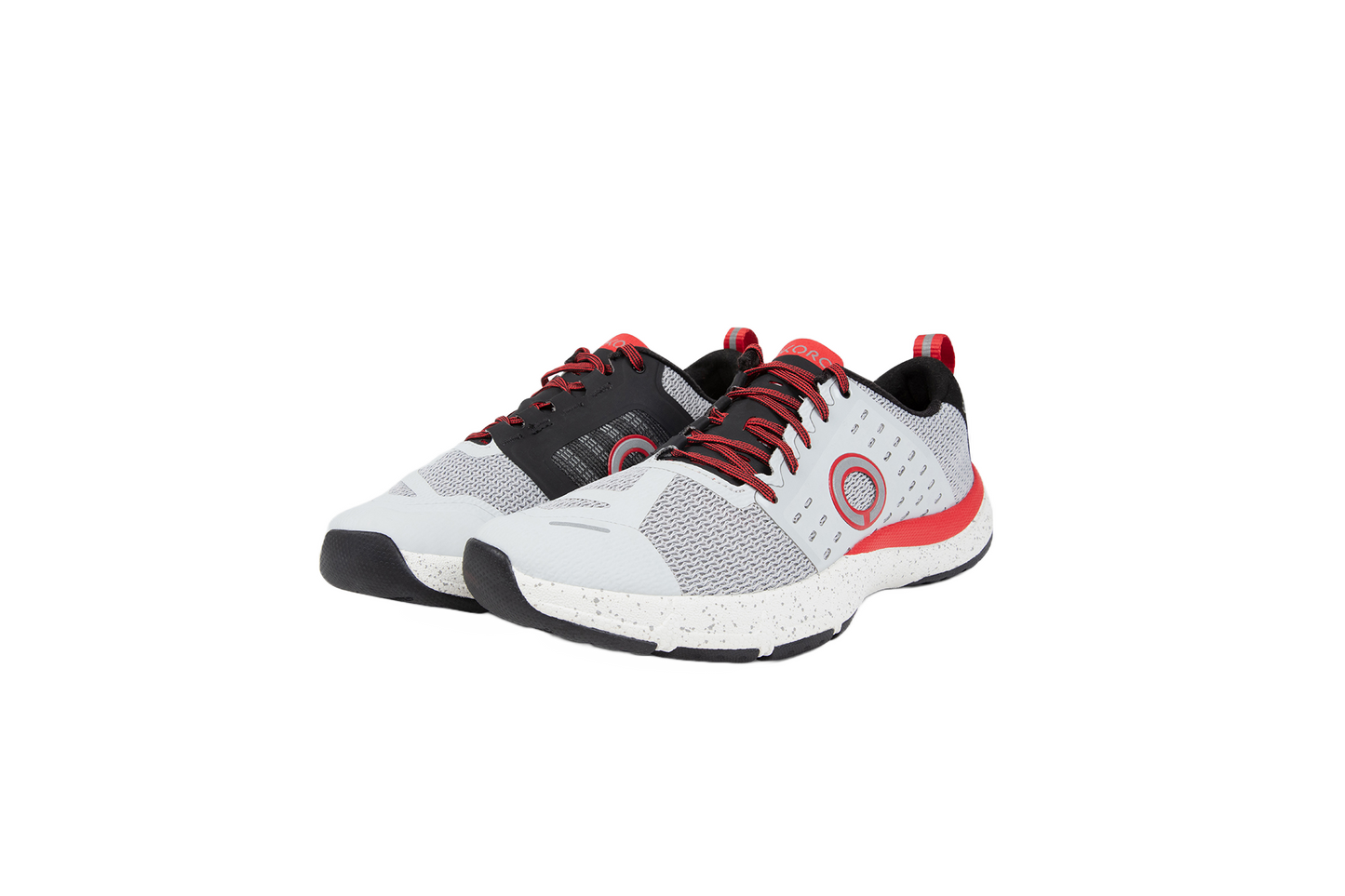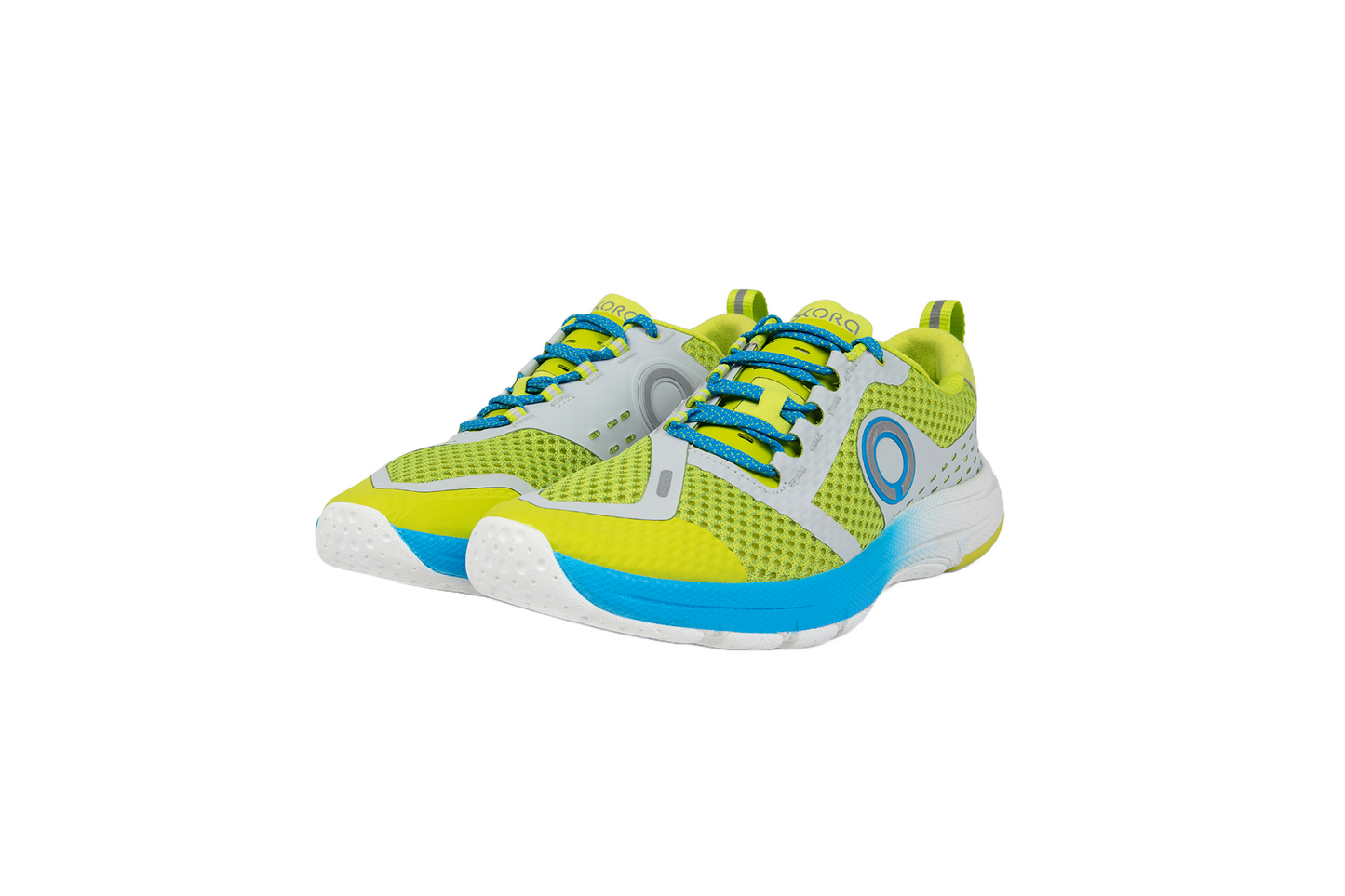Delayed Onset Muscle Soreness
But it’s not quite that simple, there is more to it than that.
Every sensation your body provides your brain is its way of speaking to you. Telling you something.
Some runners feel soreness should often be a workout goal. Yet athletes are quick to look for methods to reduce the duration of this soreness so they can get back to training.
Let us take a quick look into what causes this post workout soreness.
There are three main explanations.
1) Microtrauma in the muscle
2) Support tissue damage
3) Inflammation & swelling
The damage results in inflammation, which results in adaptation and increased fitness.
Yet, soreness should rarely be a goal. Fitness gains can come from very slight workout stimuli. Do an extra hill repeat or 5 more minutes at tempo effort this week compared to the one you did 10 days ago. It won’t make you sore, but you’re still giving your body a gradual new stimuli to built off of.
A tender muscle or tissue is telling you a number of things. Mainly you did something unexpected that it was not fully prepared for. Not that you’re going to become stronger from it.
This overstressed and overworked the area. Doing so too often can be a fast track to injury. More gradual stresses should be favored over a sudden attack to the calves with a 20x200m sprint workout. The second message from an aching muscle is that it’s repairing itself. The inflammatory process is part of how your body rebuilds and is completely essential and required.
Three points here.
1) This does not mean you’re unfit
Take a runner who can cover 5k in 15 minutes on the track and have him run a 4 hour marathon and he’s going to be very very sore afterwards. It’s obviously not due to a lack of fitness, simply a lack of adaptation to that specific type of running. The same would be true if you threw an ultra marathoner into a 3,000m race, he’ll likely have very sore calves the next few days. The soreness is showing the athlete a weakness in an area.
2) Soreness is not necessary for fitness gains
In fact, it can mean a reduction in fitness gains because you are not able to train as consistently if sore. Also being sore too often may mean you’re training too hard. Instead, aim for very gradually stresses over time compared to less frequent workouts that really beat you up.
3) DOMS should not be cut short
The inflammatory process is when your body is being repaired, and yes, this does cause some discomfort. However if you use methods of reducing inflammation (such as ice bathing, NSAIDs, or anti-inflammatory food) you may also be reducing the adaptation to the workouts that caused the initial soreness.




